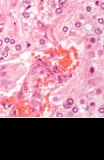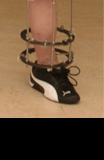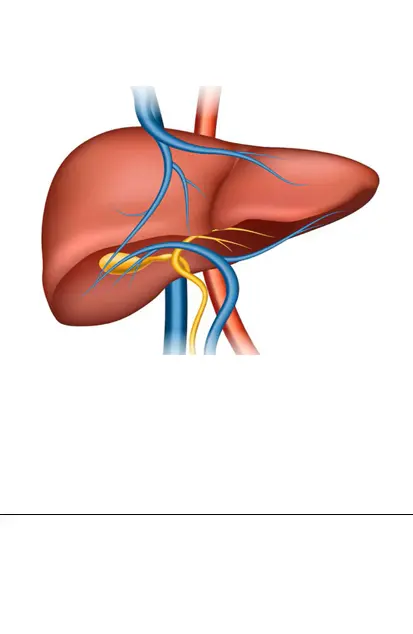Two world firsts in myeloma trials at OUH

Two world firsts have taken place in trials at Oxford University Hospitals to tackle the blood cancer myeloma.
One of the trials is testing a new tracer to be used on myeloma patients during PET-CT scans; the other is investigating a new potential drug combination therapy.
The Magneto trial is using a novel radiotracer developed by GSK in collaboration with the Oxford Myeloma Service. The new radiotracer uses an injection of a radioactive antibody, called belantamab, that binds to the surface of myeloma cells and ‘lights up’ on a PET-CT scan.
OUH is leading the pilot study, and the first patient was dosed in early August.
OUH Consultant Haematologist Karthik Ramasamy, who helped to develop the new tracer, said: “It’s very exciting to be the first in the world to be testing this brand-new approach, which we hope will give us better information about multiple myeloma, detect the disease at an earlier stage and ultimately achieve better outcomes for our patients.
“We really want to thank the patients taking part in Magneto, given the additional hospital visits, PET scans and blood tests.”
The first participant in the trial was Rachel Fletcher, a former University of Oxford scientist who has had myeloma for nine years.
As part of the trial, Rachel had a series of lengthy scans. She said: “It is quite an intense study, but if it works, it really is worth it. I was happy to help with anything that could improve the diagnosis of myeloma. It would be great if as a result of this trial, they could be more specific about which areas are being affected in myeloma patients.
“It was really interesting, even though I was the experiment. It felt a little like doing research again. And it was easy, as long as you do as you’re told and lie still! I was able to take part in the study as I had active myeloma, but I wasn't on any treatment. For me, myeloma is a terrible disease. If at any point, I could help somebody else who's got it, I would, because you wouldn't wish it on anyone.”
The second trial is a drug trial with the company CellCentric.
A number of centres in the UK have been trialling CellCentric’s drug inobrodib (previously known as CCS1477), a first-in-class p300/CBP inhibitor, targeting key cancer-driving proteins, and is a potential new oral treatment for people with multiple myeloma and other cancers.”
Now, within this trial, inobrodib is being tested in combination with other drugs that are already used in myeloma. For the first time, the Oxford haematology team are combining inobrodib with a T-cell engager called elranatamab.
“We are delighted to see this combination commence testing for the first time, a novel mode of action with a bispecific antibody for the treatment of multiple myeloma,” said Tomasz Knurowski, CellCentric’s Chief Medical Officer. “Oxford’s multidisciplinary collaboration skills, including clinical and translational research, are invaluable in further progress of our clinical trial.”
Sarah Gooding, Consultant Haematologist at OUH, said: “We are very optimistic about this drug combination and are really hopeful that, if the results of the trial are positive, we’ll have another useful weapon in our armoury to tackle this disease. It’s really encouraging for our myeloma patients that Oxford University Hospitals is so active in research in this area and they are able to take part in trials that give them access to exciting new treatments.
“It would not be possible to do these trials without the strategic support of the NIHR Oxford Biomedical Research Centre to our Biobank, which enables this research to happen. We have a collaborative programme with CellCentric to carry out translational analyses on the samples from these trials, and the foundation for that collaboration is our BRC-funded Biobank.”




























































